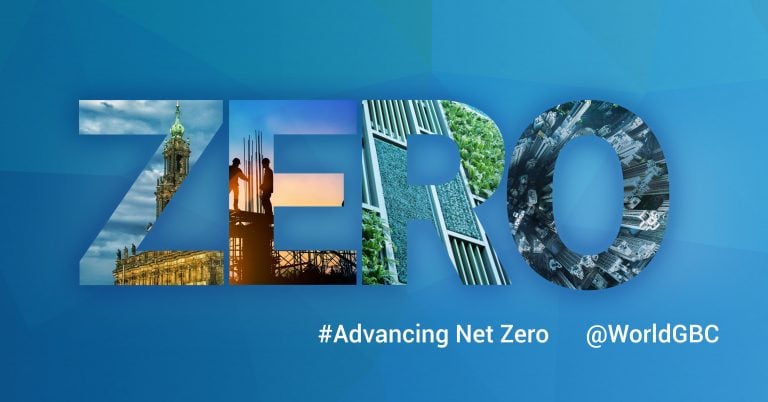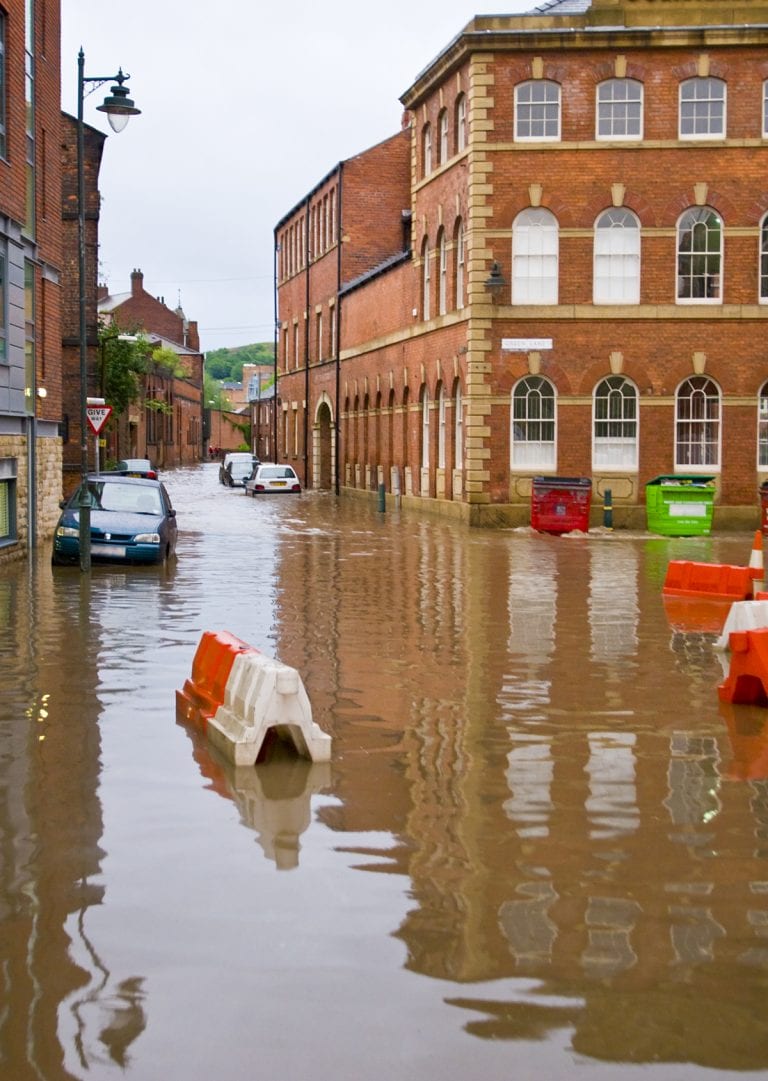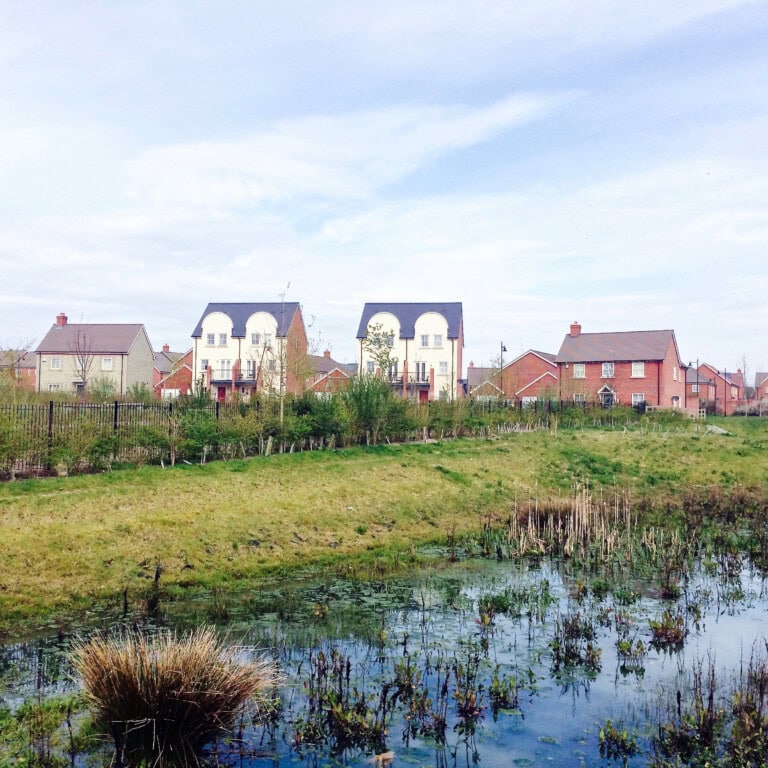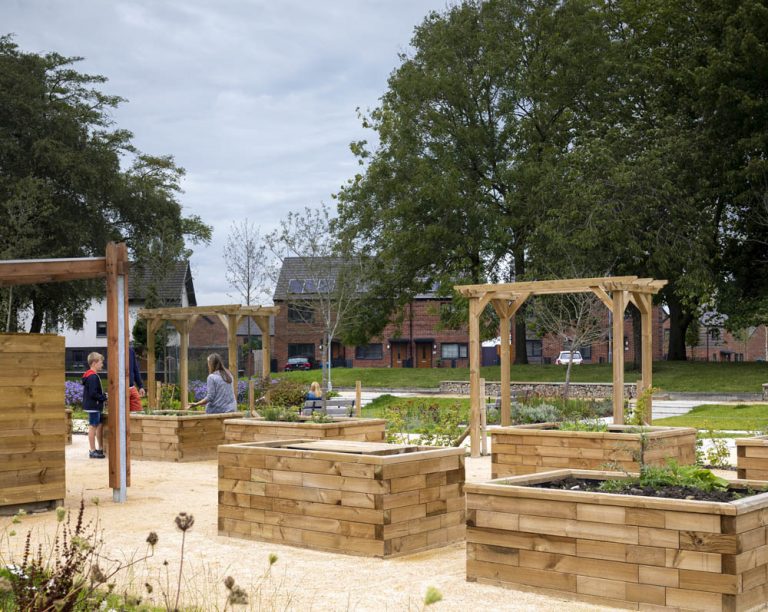World Water Week 2022: The Current Crisis and Why Architects Need to Design with the Water Cycle in Mind

This week is World Water Week 2022, a week dedicated to exploring new ways of managing water better and tackling humanity’s greatest water challenges. Access to clean water continues to be a priority for the United Nations, and at Chetwoods Architects water is one of our seven Sustainable Design Drivers. Interestingly, it is probably one of the easier challenges we can manage as architects when we are designing buildings, but it always seems to be low down the priority list in discussions across the industry.
There is frequently a general perception that with the UK being a “rainy” country, water is abundant. According to a survey in the Great British Rain Paradox report, supported by the Environment Agency and Water UK, only 10% of the public consider water a key environmental consideration. The concerning thing is that, according to Sir James Bevan, Chief Executive of England’s Environment Agency, in less than 25 years the UK could reach a tipping point where demand for water exceeds supply. This past summer gives us a glimpse as to how that might be a possibility as the Environment Agency recently declared that much of the UK is in drought. No matter what some might think, it is clear that this heatwave is not comparable to that summer in ’76, it’s worse.
The future threat to our water security is due to a host of factors of which increased demand for water is one, both as a result of the intensified use as individuals and of population growth. Impacts of Climate Change are also visibly exacerbating the issue, with our rainfall becoming less consistent. It is typically arriving in intense bursts onto land hardened by long periods with little or no rain, which will not absorb the water as effectively as soft soil leading to flash flooding.
Inconsistency of rainwater supply is one problem, another is the pollution of our fresh water systems. Water discharges, leaks or run-offs from sewage treatment works, septic tanks, livestock and arable farming and industrial processes are causing eutrophication. This is where excessive nutrients, such as nitrates and phosphates, cause a dense growth of plant life and algae, with serious consequences for drinking water sources, fisheries, and recreational water sites.
As a result of this, and following advice from Natural England, “nutrient neutrality” is now a term on the lips of Local Authorities. In the construction sector this is impacting planning applications in certain areas of the UK. The attention is not limited to industrial activities but also to residential schemes. In areas where there are already instances of eutrophication, new development of any kind can exacerbate the issue due to increased areas of hard-landscaping encouraging further water run off during downpours.
Whilst our earth is effectively a ‘blue planet’, National Geographic states that 99% of the water on earth is unusable by, or inaccessible to, humans and many other living things. 3% of the world’s water is freshwater and much of that is locked up in glaciers and in groundwater. Cities are already seeing extreme water scarcity. Cape Town narrowly escaped ‘Day Zero’ – the moment when the taps to a city of 4.3 million people run dry – in 2017, and it had already resorted to the desalination of sea water. Whilst desalination seems like an obvious technological fix, as with all technological fixes, it comes with a large price tag and is energy hungry in the making and the running. The upscaling of desalination is not in alignment with our global route to Net Zero Carbon.
Read more about the impact that drought can have on our built environment here.
Reducing demand and protecting water supplies
As with most issues relating to the environment, the less we consume the better. There have been many tips and tricks shared in the last few weeks on how we can save water in our daily lives, but there are also things we can do when we are designing and managing our built environment to help overcome water-related challenges, which are likely to be significantly more impactful. As architects and lead consultants we have the opportunity to make our clients aware of the issues as early as brief definition, and to design in strategies that help minimise and mitigate the impacts of their buildings on water security.
Reducing the use of water
The water that comes into our buildings from municipal systems is filtered, which is an energy intensive process and a lot of that water is used to flush toilets. The RIBA have recognised the importance of conserving water and have included water use targets, and specific detailed recommendations, as part of the RIBA 2030 Climate Challenge. Solutions to help us on the way to achieving these targets may include the incorporation of:
- Leak detection
- Waterless or low-flow appliances. For example, vacuum toilets used at the Bullitt Center, Seattle or composting toilets, where there is an on-site composting strategy
- Greywater recycling. For example, residual sink and shower water can be used to flush toilets
Keeping water on site
In the first instance, water management should factor into site selection. To mitigate any major issues, developers ought to avoid sites within a floodplain. Greenfield sites should also be avoided. Any existing plantings with water retention potential should be retained in the development wherever possible, keeping hard landscaping to a minimum, and where it is required water-permeable materials should be considered.
Water can be collected on site, and run-off can be slowed, to reduce demand on municipal systems. In particular, at times of strain during drought and heavy downpours, this reduces risk and makes a development more resilient. The International Living Future Institute’s Living Building Challenge endorses projects that are self-reliant when it comes to water. Some methodologies to help achieve self-reliance might include:
- Blue roofs, storage tanks and/or water butts could be considered where space is limited or for collection for reuse. This water could be used for flushing toilets, irrigation and vehicle washing. Filtration could also be introduced for drinking water.
- Increased planting and soft landscaping should be introduced wherever possible. For example, at ground level through Sustainable Urban Drainage methodologies: creating space for biodiversity and water management. Where space is limited, or in urban environments, green roofs and walls can help slow the flow of water. This was included in our design of Chetwoods Royal Opera House Bob & Tamar Manoukian Production Workshop.
- Blackwater recycling systems can be successful where appropriate and where space is less of a concern. The Centre for Alternative Technology has a working example of a reed bed system for dealing with sewage, or a constructed wetland system that Weston’s Cider use for water treatment.
As water expert Cath Hassell mentions in a recent interview, there are three types of water a building has to deal with: the water that comes into a building, the water that goes out of a building and the water that falls on a building. In general, as architects we need to remember that we are designing in accordance with natural systems and not against them, the water cycle is one of them.
Philippa Birch-Wood is a Director at Chetwoods architects, and UKGBC’s Local Network Co-ordinator for the West Midlands.

Related
Constructing one of UK’s first net zero commercial buildings — Building A Better Future

Adapt or perish… the challenge of building climate resilient cities

UKGBC welcomes Government’s commitment to sustainable drainage systems for new developments

How nature-based solutions can create climate resilient places

